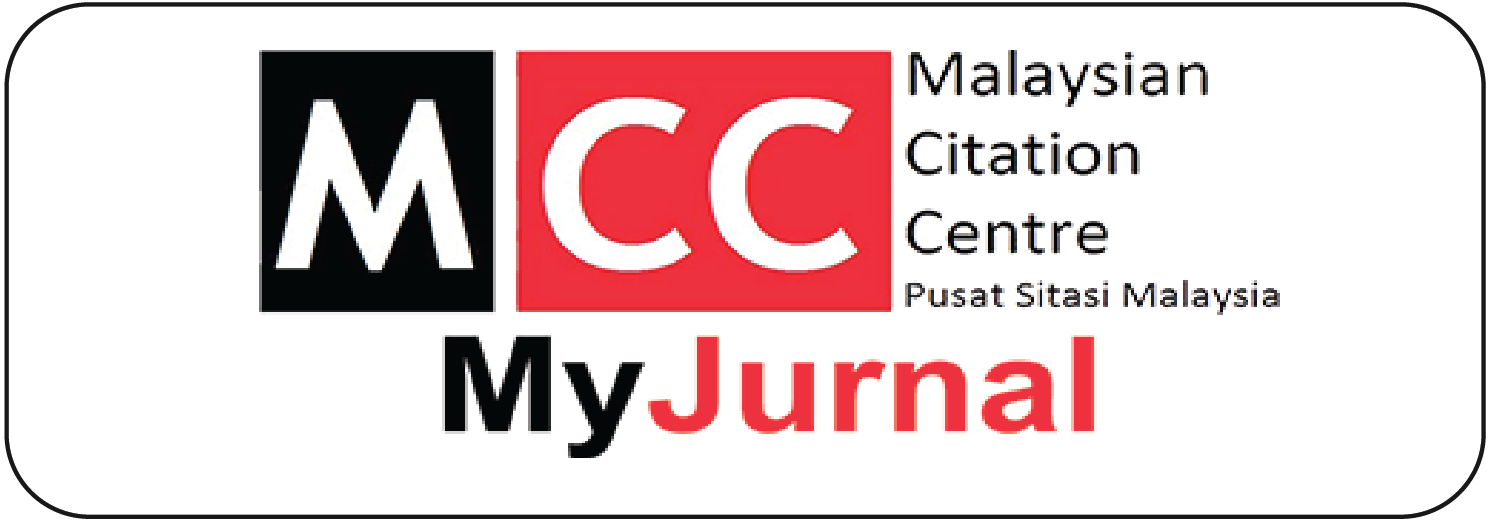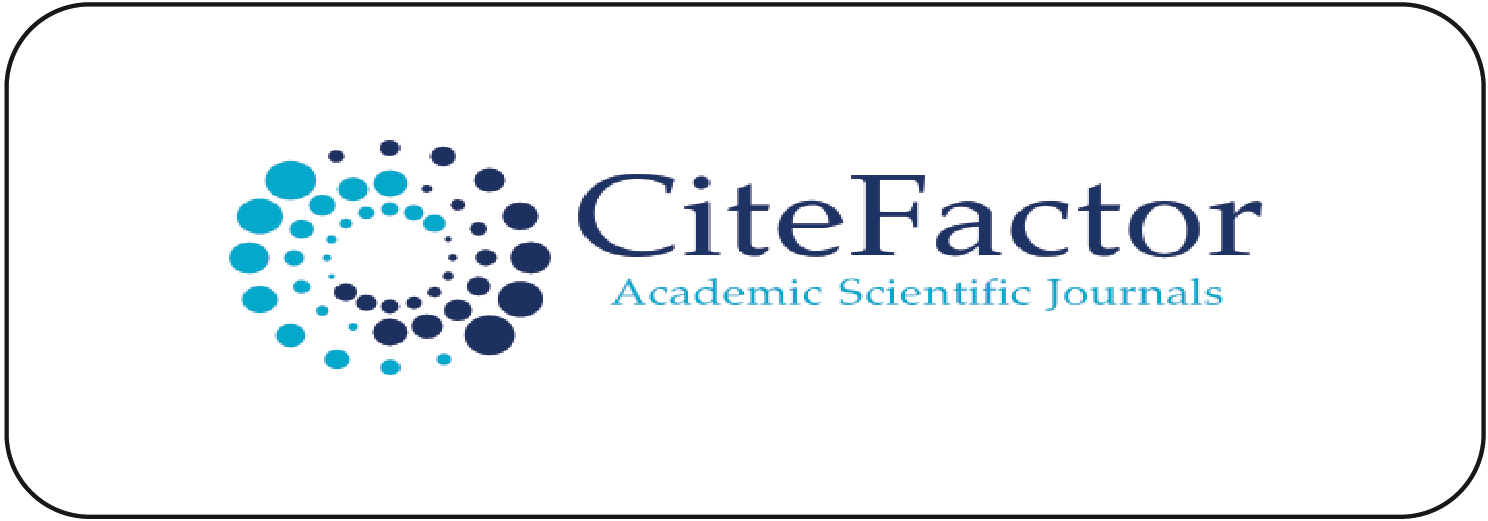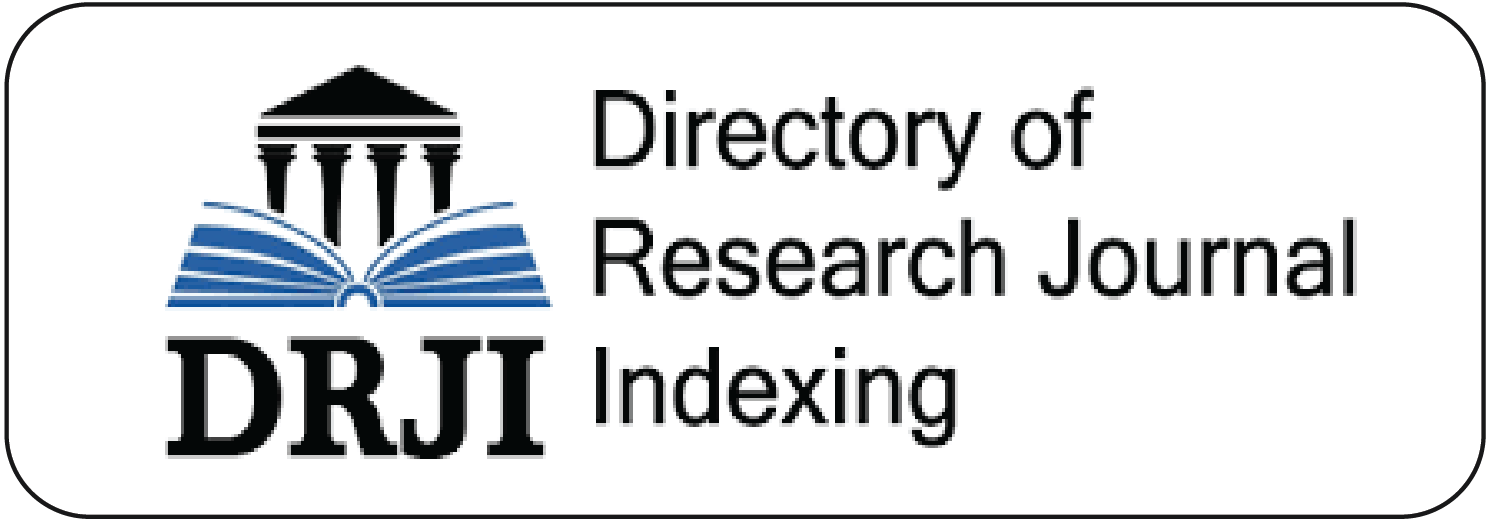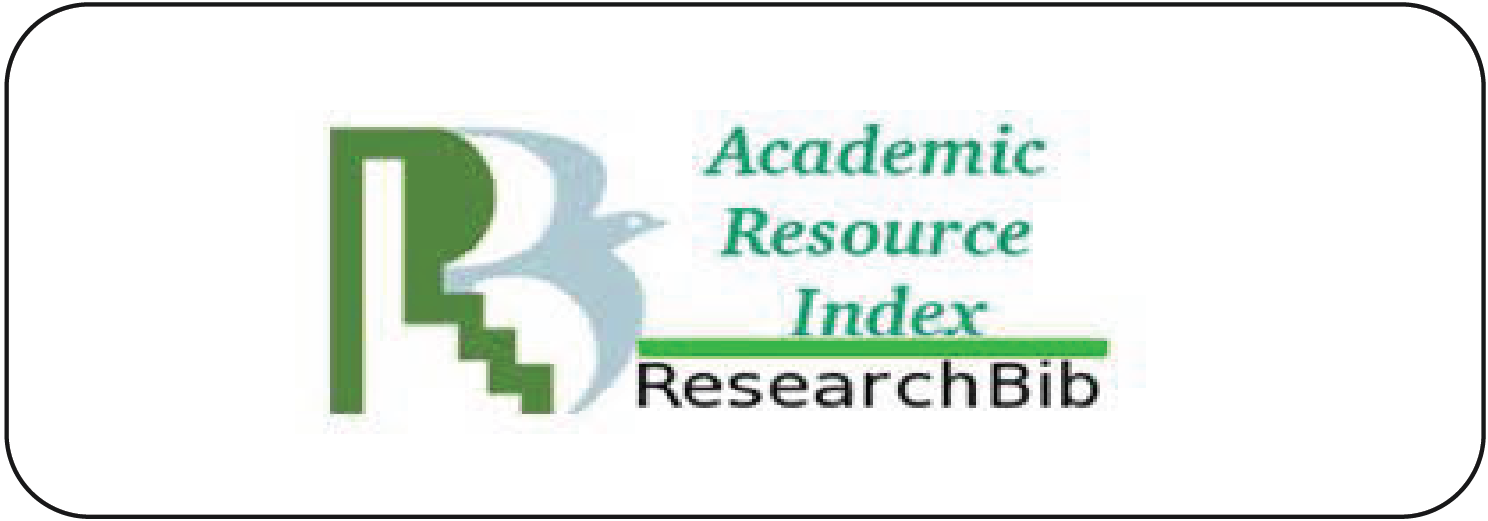A Community Model and Role of Zakat in Reducing Stunting in Children
DOI:
https://doi.org/10.51377/azjaf.vol5no1.158Keywords:
malnourish, poor growth, children, zakat, stuntingAbstract
Objective: This article looks at a community model implemented at a residential flat in Ipoh, Perak. Methodology: Case study, qualitative approach research design. A group of women acted upon the UNICEF Malaysia report of the presence of children with stunted growth in Pangsapuri (PPRT). These women started by bringing food to feed children. Findings: They observed that many of the children were malnourished, stunted and had skin conditions such as scabies, impetigo and lice. Many of the children were unable to read and write. There was a need for a proper place for the children to study and read. Practical implications: This model can be easily replicated in other PPRT. Social implications: A community effort is successful just by doing one aspect of religion, that is, by giving out food. Women in the locality were empowered to help improve their children wellbeing. Suggestion: This model can be replicated using zakat to help end stunting in children, create better environment for learning and empower women to be involved in making changes.
Downloads
Downloads
Published
How to Cite
Issue
Section
License
Copyright (c) 2024 Ariza Mohamed, Abdullah Abbas

This work is licensed under a Creative Commons Attribution-NonCommercial-NoDerivatives 4.0 International License.





















